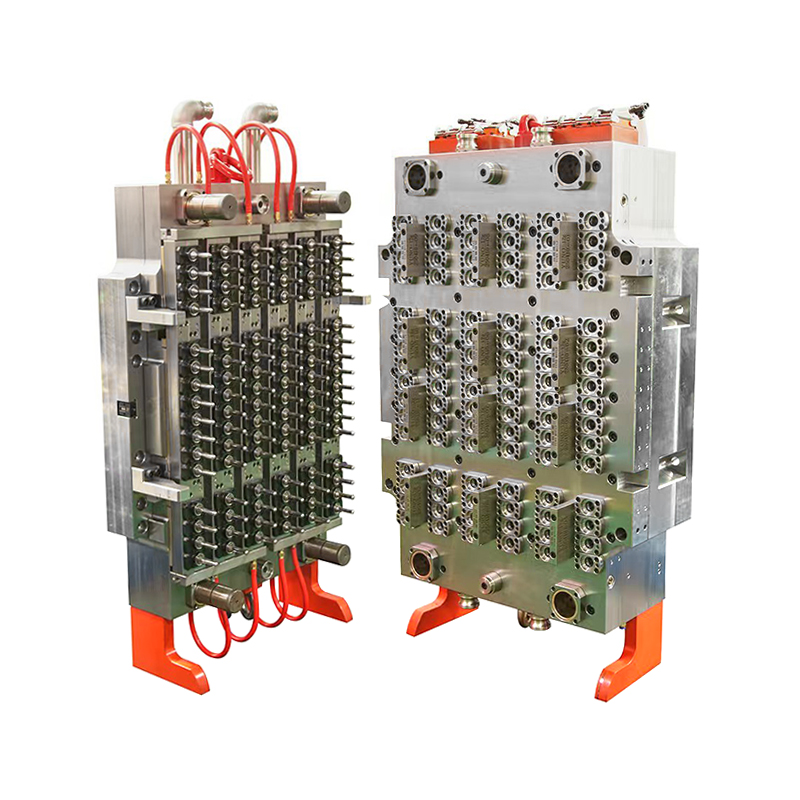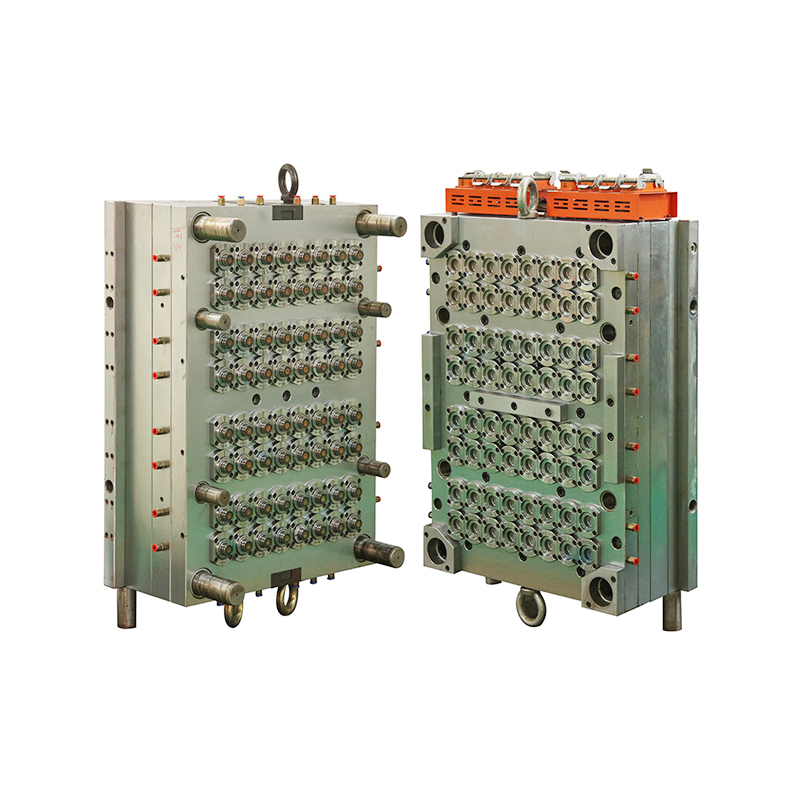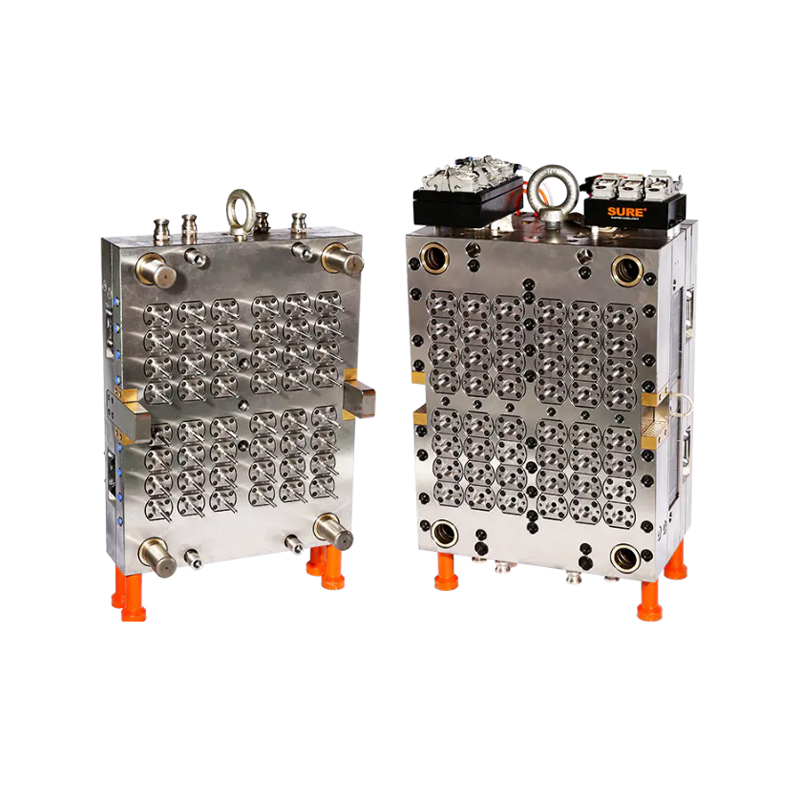No.148 Yongda Road, Jiangkou Street, Huangyan, Taizhou, Zhejiang, China.
The global beverage and packaging industries are experiencing a new wave of manufacturing optimization with the increasing adoption of high-cavity PET preform molds. Among these innovations, the 96-cavity PET preform mold has emerged as a for large-scale producers looking to streamline operations, boost output, and reduce costs.
As consumer demand continues to rise for bottled water, carbonated drinks, and liquid food products, PET (polyethylene terephthalate) containers remain a staple of modern packaging. In response, manufacturers are seeking ways to meet volume requirements without compromising on quality or sustainability. The 96-cavity PET preform mold is stepping into that role with high-speed, high-precision capabilities that redefine production efficiency.
Transforming Preform Production at Scale
The 96-cavity PET preform mold is designed to support the mass production of preforms used in blow-molded PET bottles. Unlike lower-cavity counterparts, which may yield 24 or 48 units per cycle, the 96-cavity model delivers quadruple output in the same time frame—without increasing floor space or requiring additional personnel.
This leap in productivity has allowed manufacturers to meet rising global demand while optimizing machine utilization. Companies in sectors ranging from bottled beverages and edible oil to personal care products are turning to this mold configuration as a strategic investment in automation and operational scale.
Advanced Engineering for Consistent Quality
What sets the 96-cavity PET preform mold apart is not just its capacity but also the precision engineering that ensures consistent quality across all outputs. Each cavity is manufactured to exacting tolerances, ensuring that wall thickness, weight distribution, and dimensional stability remain uniform—critical factors for blow molding and downstream bottling performance.
“Consistency is essential in high-speed production environments,” says Liu Hongtao, a senior engineer at a mold manufacturing firm in Guangdong. “A single defect can result in downtime or packaging issues later in the supply chain. That’s why the engineering behind each cavity, the cooling system, and the hot runner balance are all critical.”
Materials and Durability for Demanding Environments
To meet the rigorous demands of continuous operation, the 96-cavity mold is typically constructed from hardened stainless steel or other high-performance alloys. These materials offer wear resistance, dimensional stability under thermal stress, and corrosion protection—especially important when dealing with food-grade plastics and humid production environments.
Further, modern molds are designed for longevity, with features such as replaceable cavity inserts, self-lubricating guide systems, and optimized cooling channels to manage heat dissipation effectively.

Reducing Cycle Time Through Cooling Efficiency
Cycle time is a major driver of profitability in injection molding. The 96-cavity PET preform mold integrates efficient cooling systems that allow for fast solidification of preforms, shortening each cycle without compromising product integrity. By reducing the cooling phase—often the longest portion of the molding cycle—manufacturers can dramatically increase their hourly output.
Many molds in this class also include integrated water manifolds and intelligent thermal controls that help maintain uniform mold temperature, enhancing repeatability and reducing preform warping or deformation.
Sustainability and Material Efficiency
The introduction of high-cavity molds also supports sustainability goals. With advanced runner systems and precise shot control, these molds minimize material waste and energy consumption per unit. Many also support lightweighting strategies, where thinner-walled preforms are produced to reduce overall plastic usage while maintaining structural integrity.
For beverage brands pursuing eco-friendly packaging targets, this production efficiency translates into tangible environmental benefits and cost savings.
Adoption Across Global Markets
The use of 96-cavity PET preform molds is expanding rapidly across both developed and emerging markets. In high-volume operations in the U.S., Europe, and China, the mold allows for better capital utilization and higher throughput. Meanwhile, bottlers in Southeast Asia, the Middle East, and Africa are adopting the technology to support rapid market growth and export expansion.
“High-cavity molds have moved from being a luxury to a necessity in global-scale operations,” says Maria Fernandez, a packaging consultant based in Spain. “The return on investment is very attractive, especially when combined with energy-efficient injection molding machines.”


 英语
英语 法语
法语
















